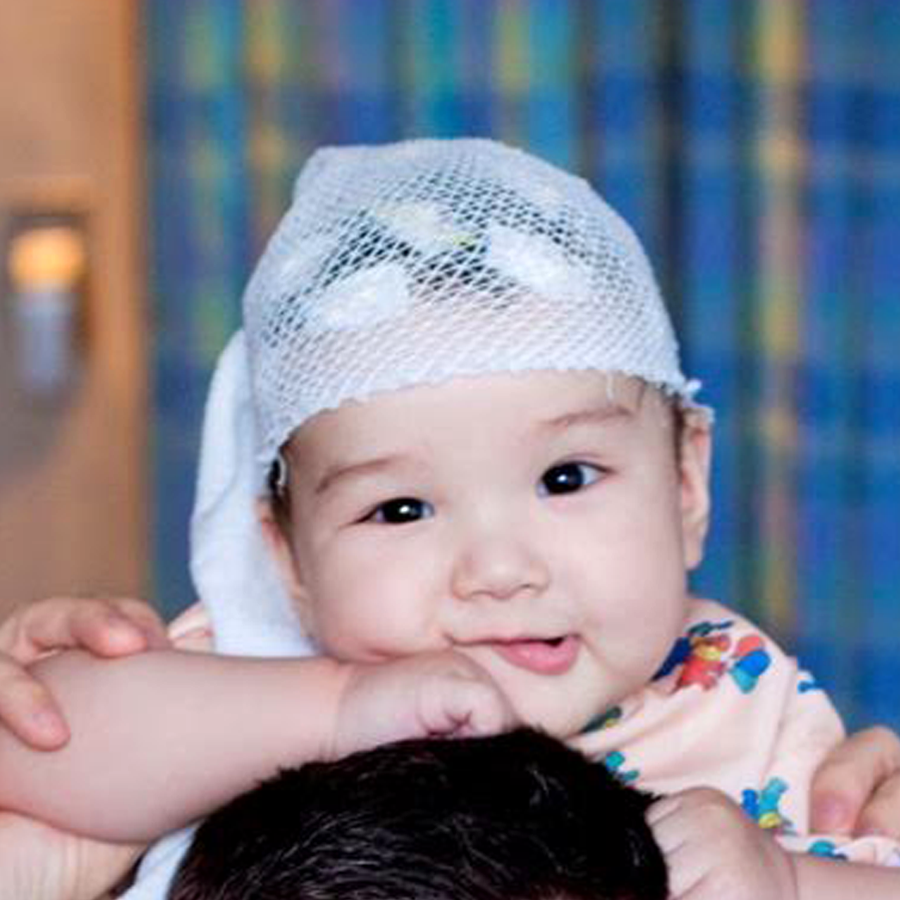
Our son was born full-term with no complications. He was very healthy and developed on track during his early months.
One evening, he dropped his head abruptly about 4 times, crying. Then, he burped. Maybe it was just gas.
But the next evening, it happened again…and then a third night, around the same time every night. Something didn’t feel right. After some online research, we found Infantile Spasms (IS)–categorized as a “catastrophic” childhood epilepsy with drastic consequences (30% fatality rate and 90% significant developmental delays). But what were the chances he would have that?
The next morning, we managed to get a same-day neurologist appointment due to a cancellation. The check-up yielded very little, and the doctor was just sending us on our way, telling us that we shouldn’t worry too much, when our son went into his first ever seizure cluster.
We were promptly admitted to a hospital. What started as a 30-minute appointment to relieve our greatest fears turned into a week-long hospital stay that confirmed it instead. His EEG showed hypsarrhythmia. Our 5 month old baby was diagnosed with Infantile Spasms and our world changed forever.
The seizures came like clockwork, clusters of them at a time, totaling almost 200 seizures a day. He was sedated for a brain MRI and it showed brain abnormalities from an in utero stroke, classifying his subtype as symptomatic–statistically the least favorable prognosis.
While still in the hospital, we witnessed the immediate onset of developmental regression. He became like an infant and lost the ability to hold up his head. He stopped babbling and became silent, except for his cries. His arm started to fist up, his hamstrings stiff. In that same week, he was also diagnosed with cerebral palsy.
However, after trying multiple medications and various dosages, he finally beat the odds and became seizure free. His EEG finally cleared and he was able to wean all medications. He started to vocalize again and took his first steps at two years old.
Although he is statistically likely to have more seizures in the future, we continue to live in the present, grateful for how far we’ve come. We cheer on each inchstone, celebrate each season’s victories and take it one day at a time. Today, our son is still seizure-free and medication-free. He loves Legos, music, and hippotherapy, and is one of the happiest kids you’ll ever meet.
